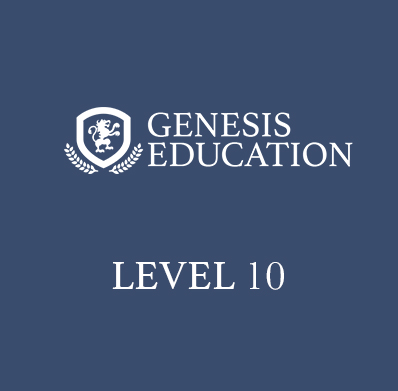
LEVEL 10
Each class is 2 hours. Each session is 8 classes (total of 16 hours)
We develop these reading, writing, and critical thinking skills through the study of classical and contemporary great books in their historical contexts. We do so by removing the artificial divide between literature and history. An interdisciplinary approach helps students understand the deeper underpinnings of civilizations, instead of simply memorizing isolated dates and events.
Course Description
Level 10 students return to deeply explore literature about the Middle Ages, including texts such as The Canterbury Tales and Sir Gawain and The Green Knight. Students newer to L.A.M.P. will likely meet these texts for the first time, and depending on assessment, they will be assigned lots of reading to catch up before the first session. This level emphasizes:
- Reading strategies to comprehend challenging classical texts; identifying a text’s theme and examining how it emerges and is developed over the arc of the narrative.
- Analyzing the development of complex characters in relation to theme
- Examining how text structure and manipulation of time influence’s the reader’s experience of a story; denotative and connotative meanings of words and their effects on meaning, mood, and formal or informal tone; analyzing how rhyme, sound, and form contribute to meaning; analyzing analogies and allusions to other texts such as myths or religious works; comparing and contrasting different text forms and how these forms contribute to meaning; probing how authors transform ideas from different sources and the significance of this transformation.
- Writing and grammar instruction includes developing research-based arguments and counterarguments fairly, providing evidence for each and specifying the strengths and limitations of both; using words, phrases, and clauses to cohesively clarify relationships between claims and counterclaims; diagramming sentences; practicing a formal and objective tone in analytical writing; using precise domain-specific language when making a claim; continued study of progymnasmata
- Practice using language and story devices to write short stories and personal narratives
- Selected literature and history that intertwine in the Middle Ages (500 to 1600)
Small Classes
There is maximum of 6 students per cohort (6:1 student-to-teacher ratio) to ensure personal attention.

